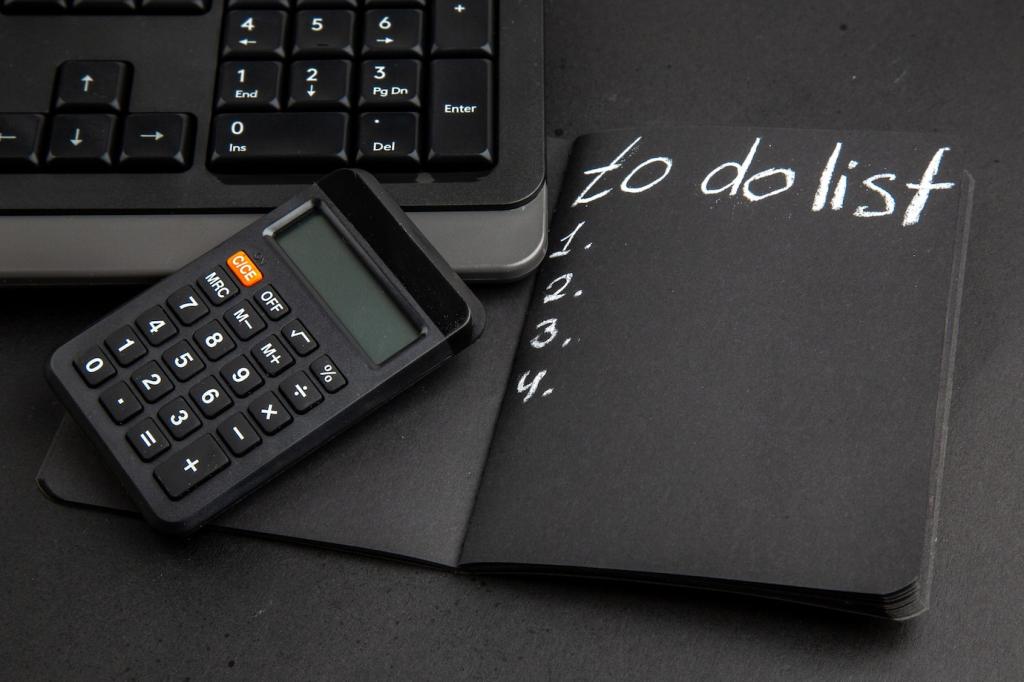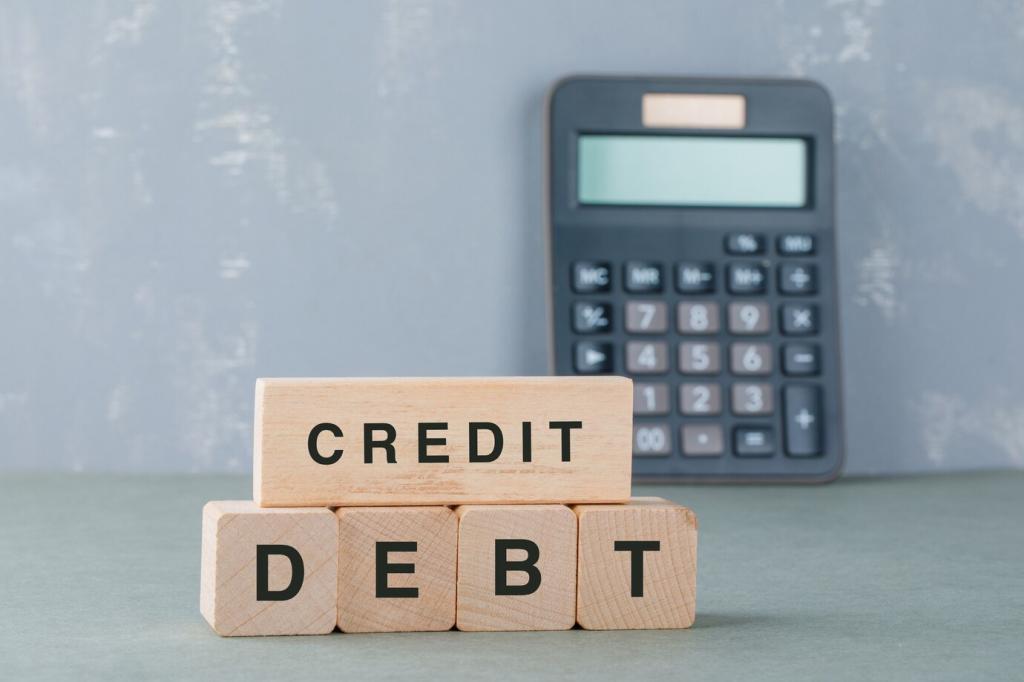Today’s chosen theme: “Understanding Budgeting Basics.” Learn how a simple, humane budget can turn anxiety into clarity, help you fund what matters, and spark lasting habits. Read, reflect, and share your questions—we’ll build better money routines together.
A Budget Is a Map, Not a Cage
Think of your budget as a compass. It doesn’t scold; it points. When you align spending with what you value, guilt fades and purpose appears. What feels restrictive today often becomes relief tomorrow. Tell us what “direction” looks like for you.
The 50/30/20 Rule, Demystified
Fifty percent covers essentials—housing, utilities, groceries, transport. Thirty percent fuels joy—dining out, hobbies, travel. Twenty percent builds security—savings, investments, extra debt payments. When you see the buckets clearly, trade-offs feel fair rather than frustrating.
The 50/30/20 Rule, Demystified
High-rent city? Your needs may temporarily run 60%. Freelance income? You might save 25% to buffer irregular cash flow. The point is calibration, not perfection. Share your situation, and we’ll suggest a personalized starting ratio.


Give Every Dollar a Job
List income you expect this period. Assign amounts to needs, wants, savings, and debt until you reach zero. The goal is intention, not deprivation. If a new expense appears, reassign money instead of swiping without a plan.
Close the Month Like a Pro
Compare your plan with reality. Move leftovers to goals or next month’s categories. Note one win and one lesson. This five-minute ritual builds confidence fast. Comment with your end-of-month insight to help our community learn.
A Quick Story: Maya’s Grocery Aha!
Maya swore her grocery budget was fine—until she tracked it. The totals shocked her, but so did the solution: a list, a ceiling, and one fun treat. Two months later, she redirected the savings into her emergency fund.



Emergency Funds: The Quiet Hero
Why Emergencies Derail Budgets
Without a buffer, a flat tire becomes credit card debt, and interest becomes tomorrow’s stress. An emergency fund breaks that chain. Even a few hundred dollars can turn panic into a plan. Start tiny and build steadily.
How Much Is Enough
Begin with a starter goal of $500–$1,000. Then aim for three to six months of essential expenses. If income is unpredictable, stretch higher. Share your target in the comments, and we’ll cheer each milestone with you.
Where to Park the Cash
Keep it accessible but separate—ideally in a high-yield savings account. Automate small transfers each payday. Label the account “Safety” to reduce temptation. When an emergency hits, use it guilt‑free, then rebuild calmly.
Debt and Your Budget: Make Room to Breathe
Avalanche pays highest interest first to minimize cost. Snowball pays smallest balance first to maximize motivation. Choose the method you’ll sustain. Post your pick and why—your reasoning could help another reader decide.
Debt and Your Budget: Make Room to Breathe
Automate minimums, then schedule extra toward your chosen target. Add a sinking fund for near‑term needs like car maintenance to avoid new debt. The fewer decisions required, the more progress compounds quietly.
Debt and Your Budget: Make Room to Breathe
Pause new debt by building a tiny emergency buffer and tracking triggers. If spending spikes on certain days or moods, pre-plan distractions, meals, or walks. Share your most common trigger so we can brainstorm solutions together.
Stay Motivated: Small Wins, Real Community

Round up your payments, rename accounts with inspiring labels, and keep a visible thermometer for your top goal. Small signals keep energy high. Comment with today’s micro‑win, no matter how small—we’re here for it.
